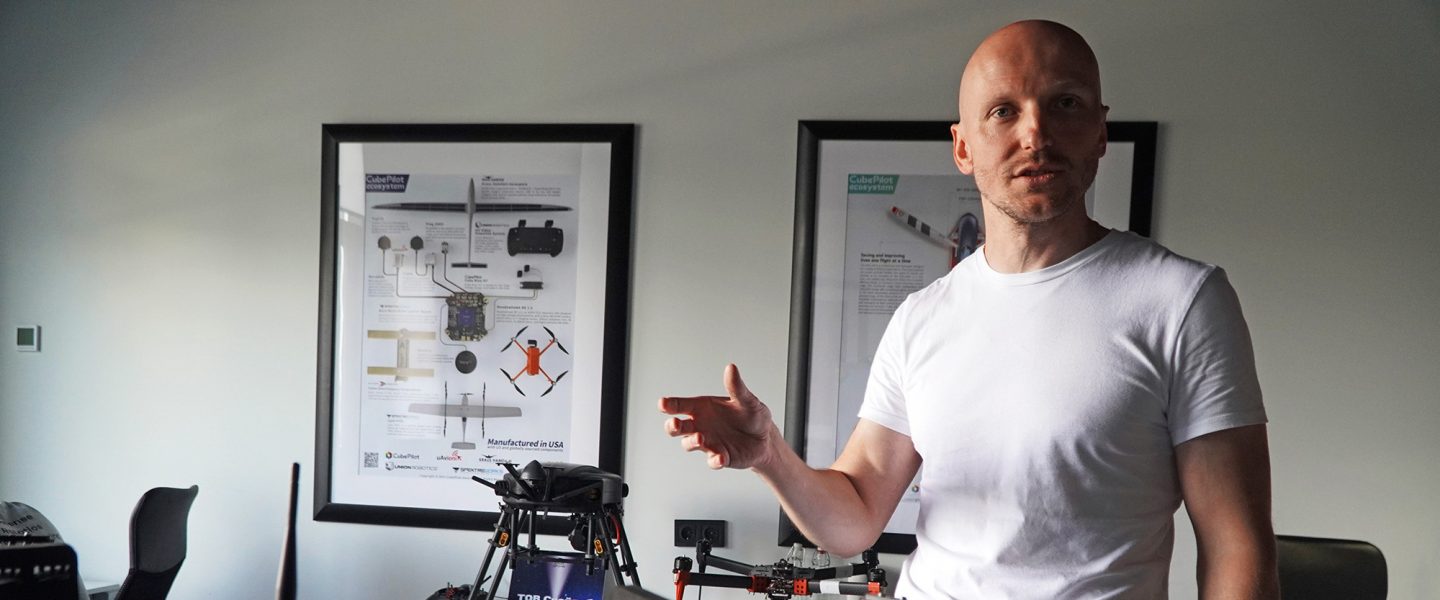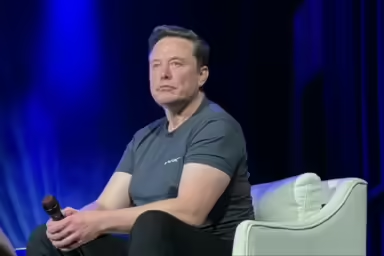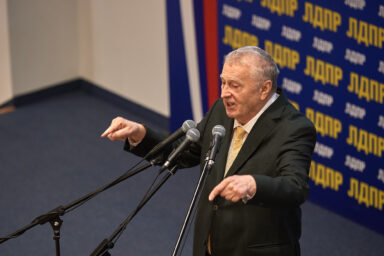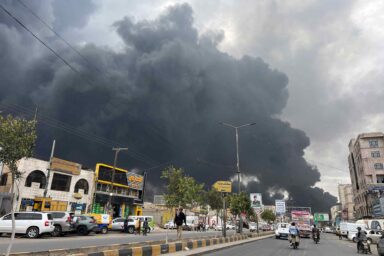Ukraine has shown itself to be innovative in creating new weapons. Now it hopes to export its know-how to NATO once the war is over.
|
Listen To This Story
|
Russian soldiers race for cover as they notice the Ukrainian drone overhead, moving along the Dnieper River under cover of darkness. The drone is equipped with an infrared camera, and its operator searching for a target has already spotted the soldiers in a speedboat. The Russian soldiers try to hide under a bridge, but it’s too late. The Shoolika MK6 drone hovers nearby, then drops a grenade next to the bridge; along with the force of the explosion, a wave of lethal shrapnel pierces both the speedboat and the Russians.
“They cannot hide,” says Evhenii Rvachov, the director of the Ukrainian drone manufacturer SkyLab. Rvachov has just shown me a video of the attack. We are in SkyLab’s office in the Ukrainian capital, Kyiv. SkyLab is one of several Ukrainian startups that have emerged since the Russian invasion.
These companies, which are partly financed by donations from ordinary Ukrainians, are producing all kinds of military equipment for the country’s armed forces, but it is the drones that have drawn the most attention. The Ukrainian government believes relentless innovation will give it an advantage on the battlefield, and in the process Ukraine is developing a new industry.
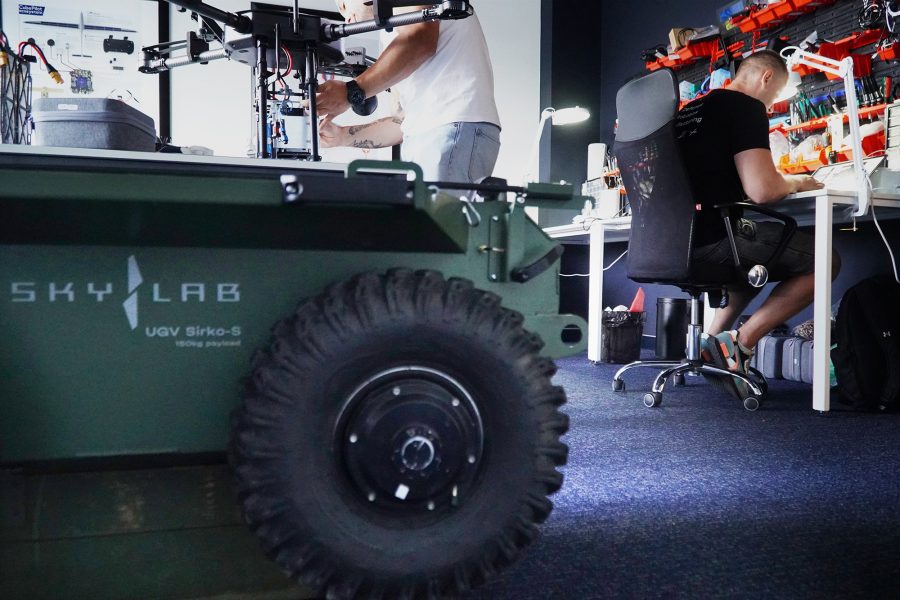
SkyLab manufactures drones of all kinds including the Shoolika MK6 drone in the video. It also makes unmanned platforms that can transport up to 200 kilograms (~440 pounds) of explosives or supplies between trenches at the frontline without the risk of Ukrainian soldiers being shot.
Before the Russian invasion, Rvachov worked in IT. “I started all of this because I wanted to help the soldiers near the front line,” he said, “But the big dream is also to build a big company after the war. What we develop here we will be able to export.” SkyLab only employs 10 people on a full-time basis, but it is growing every month.
“We can produce good quality equipment that is tested at the front line,” he said. “I dream that we can get a license after the war to sell to NATO countries.”
The Sky’s the Limit
In his office in the center of Kyiv, Oleksandr Bornyakov, deputy minister for the Ministry of Digital Transformation in Ukraine, shares that dream. His ministry recently launched Brave1, an initiative to help Ukrainian arms producers such as SkyLab scale up production.
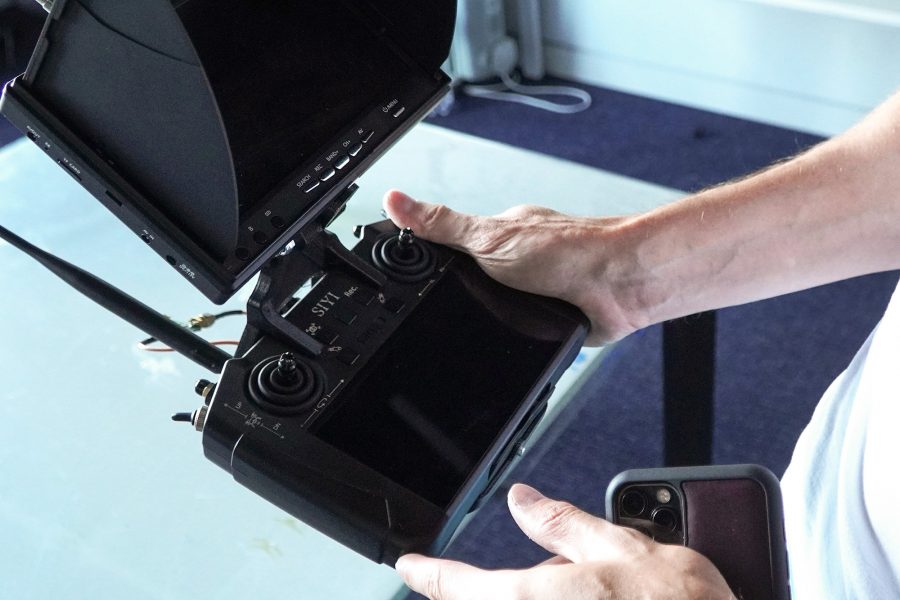
Brave1 helps startups receive permits and funding, and it facilitates communications with the Ukrainian Defence Ministry, which evaluates all the project’s proposals. The immediate goal is to ensure that all good ideas get tested and reach the front line as quickly as possible. In the long term, Bornyakov dreams of creating a large defense sector, which he hopes will bring foreign currency into the struggling Ukrainian economy.
“We need more companies worth hundreds of millions of dollars to come out of this war. Private companies… It will add to our GDP, which will contribute much more than normal companies,” Bornyakov told WhoWhatWhy.
More than 300 projects are underway. That includes everything from drones to IT security projects and robots. Bornyakov said that Ukraine had a large IT sector and many engineers before the war, and that makes Ukraine ideal for innovation.
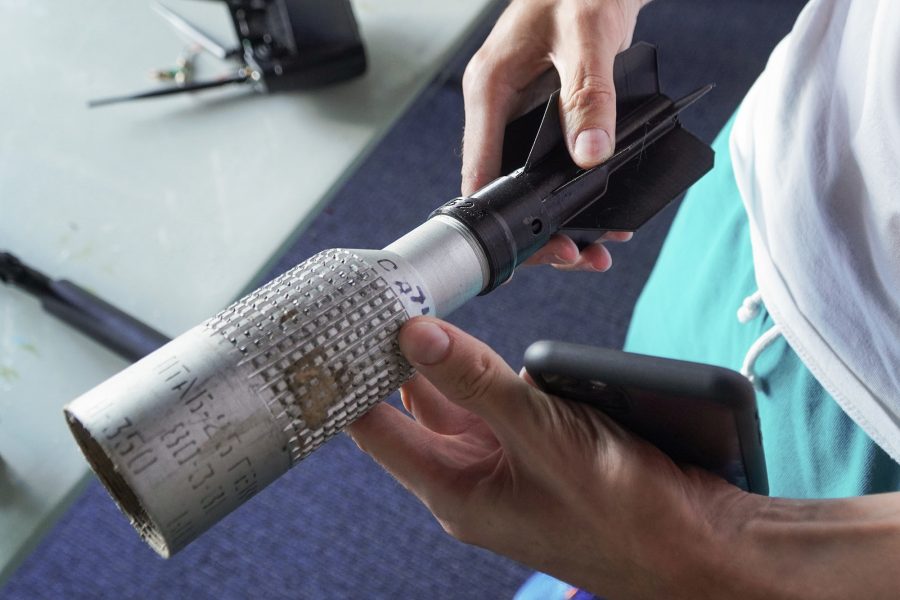
In addition, Ukraine has a history of weapons production that dates back to the Soviet Union, when Ukraine was a major arms producer during the Cold War.
Bornyakov claims that Ukrainian-manufactured drones are already having an impact on the battlefield. Innovative Ukrainian developers have also overcome problems with Russian jamming on the battlefield.
Bornyakov said that he has heard from a number of foreign weapons producers who are interested in opening an office in Ukraine. Among them: Germany’s biggest arms maker, Rheinmetall. They have announced plans to build an armored vehicle plant in Ukraine.
Nataliia Kushnerska, who heads Brave1, added: “Our primary goal is not to lose anything interesting. All the Ukrainian developers get a chance with their innovation and get an answer quickly if it interests our military.”
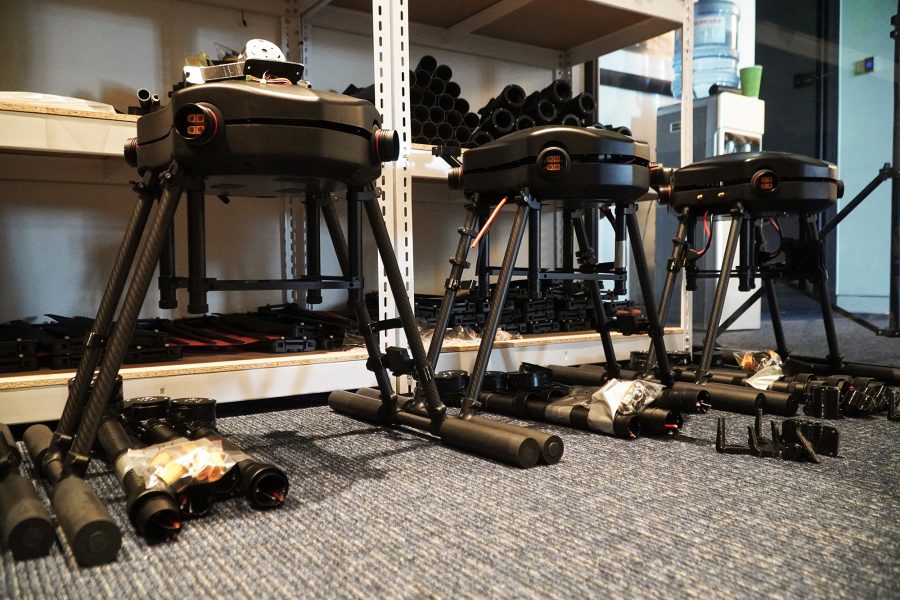
Need Much More to Function
Rvachov says that despite the assistance from Brave1, Ukrainian weapons manufacturers still face multiple challenges, such as ramping up production capability. SkyLab can now produce around 12 Shoolika MK6 drones per month, but the demand from the frontline keeps growing. Lack of committed funding makes it hard to scale production to the needs of front-line troops, and puts a damper on innovative projects..
In most countries, the military signs contracts with private companies for equipment. In Ukraine, however, the Ministry of Defence has limited funds, so soldiers sometimes fundraise themselves. SkyLab also seeks outside financing on its own.
“Now, we are collecting money from the Ukrainian people, but this way of collecting money is too slow for us and too slow for the soldiers at the front,” said Rvachov. “It creates delays in delivering drones to where they are needed.”
At another location in Kyiv, the artificial intelligence company Griselda is also sustained by donations. The company needs roughly $22,000 a month to keep working. So far those funds have been supplied by different donors. The Griselda system, which works in conjunction with the Ukrainian military, uses artificial intelligence to gather and evaluate information about the Russian army from satellite imagery, videos, posts, and images from social media platforms such as Facebook.
The Griselda algorithm filters and analyzes data revealing Russian movements and positions before providing actionable information to the Ukrainian army. For example, a video posted on a social media channel showing Russian military vehicles moving along a road in a small village is collected and then compared to information from other sources.
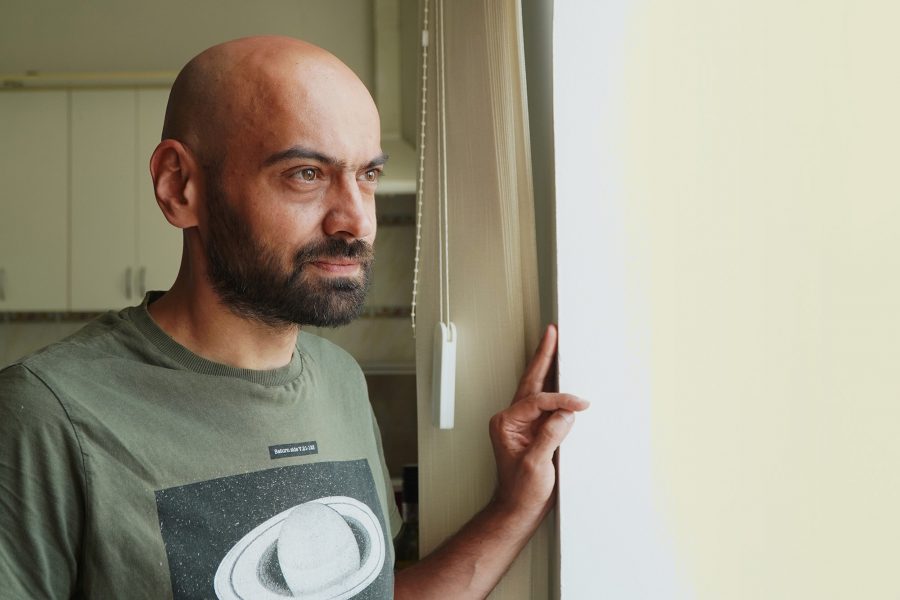
Large Ambitions
Software developer Oleksii Teplukhin, who heads Griselda, added that he and his team quit their former jobs when the invasion began, in order to devote themselves to defense of their country.
Teplukhin said he got the idea for Griselda as soon as Russian tanks crossed the Ukrainian border: “We wanted to help the Ukrainian military make sense of large information flows and enhance the efficiency of our defense and communication processes.” He added that the system is at least 10 times more effective than people sitting in an office trying to filter through information. “The Ukrainian army uses our data to pick targets. The system is very advanced and keeps growing every month as we collect more and more data.” Griselda is already delivering around 40,000 potential Russian targets — each consisting of information drawn from widely different sources — to the Ukrainian military per month
Teplukhin also sees great potential for Griselda after the war. Among other things, the system will be useful in showing the buildup of enemy troops along Ukraine’s borders and in determining if they constitute a threat. Teplukhin thinks the company’s algorithm will also help in organizing relief efforts during humanitarian disasters.
For example, when the Kakhovka Dam in southern Ukraine was destroyed in June this year, Griselda helped evacuation teams perform a kind of triage on incoming requests for assistance.
“We are aiming to build a huge company. We have already started looking for Western funding and ways to sell our expertise … We cannot wait until after the war, we have to start now to survive.”
Expert: It Will be Difficult
Siemon Wezeman, a senior researcher with the Stockholm International Peace Research Institute’s arms transfer program, with a special focus on countries formerly part of the Soviet Union, cautions against too much optimism. Wezeman agrees that Ukraine has developed multiple innovations, such as new drones, but he thinks that that doesn’t guarantee there will be a post-war export boom.
“It is an advantage that Ukraine can say that all their material is tested on the battlefield against a major military power,” Wezeman said, “but Turkey, India, China, Australia, South Africa, Pakistan, Thailand, and many other countries also have ambitions to export drones.”
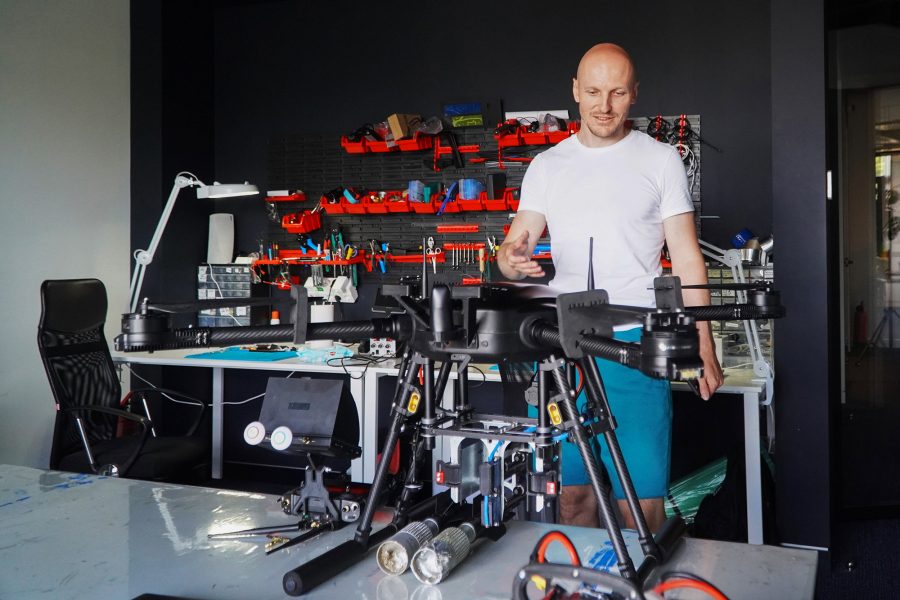
The same goes for other sectors. Something unique may come out of Ukraine, but Wezeman thinks it is too early to tell.
“Many countries are concentrating on the lighter side of armaments,” said Wezeman. “Everybody is thinking that this will be the new bonanza. Still, there is only room for so many, and other countries have more money to spend on development than Ukraine. So, we will have to see.”
Wezeman notes that when Ukraine gained its independence in 1991 it inherited the second-largest arms industry in the Soviet Union, second only to Russia itself. But a number of these industries have since closed down. .
The American nonprofit organization GlobalSecurity.org estimates that Ukraine had between 3,594 and 1,840 military-industrial-complex enterprises in 1991, which employed more than 2.7 million people. A greatly reduced number of those companies were still in business by the time the Russians invaded.
Among them is the Ukrainian company Motor Sich, which manufactures engines for helicopters and planes. The Chinese aviation firm Skyrizon tried to acquire Motor Sich before the Russian invasion, but it was blocked by the Ukrainian government, allegedly after pressure from the US government, which didn’t want to see a Chinese takeover.
During the 1990s and early 2000s, Ukraine was still among the top 10 arms exporters in the world, said Wezeman. Before the invasion last year, Ukraine had dropped to number 17.
Might Have to Leave Ukraine
In the SkyLab office in Kyiv, Rvachov said that he is aware that competition will make it difficult to export after the war. He thinks that problems within Ukraine are an even larger obstacle to future growth. No one knows what condition Ukraine’s industrial sector will be in after the war, he said, and there is still an issue with bureaucracy and corruption.
“It all looks easy in presentation videos. Big ambitions and so on, but it is tough,” said Rvachov. “I started all of this to help my country, to help the army defend us against Russia. It motivates me, but I am unsure what to do after the war.”
Rvachov says he might keep part of his company in Ukraine, but he also dreams of relocating to the US where there is more of a chance to develop a successful business.
“That is my big dream. To make a big defense company in the US,” said Rvachov. “It would be easier to get permits there and then sell to NATO countries.”
Rvachov said he is nevertheless open to staying in Ukraine if things improve.
He also thinks that SkyLab’s drones are likely to have civilian uses. To cite just one example: The unmanned platforms that now direct deadly fire against Russian military targets could be used by warehouses for general transport.
“Only time will tell,” he said.
